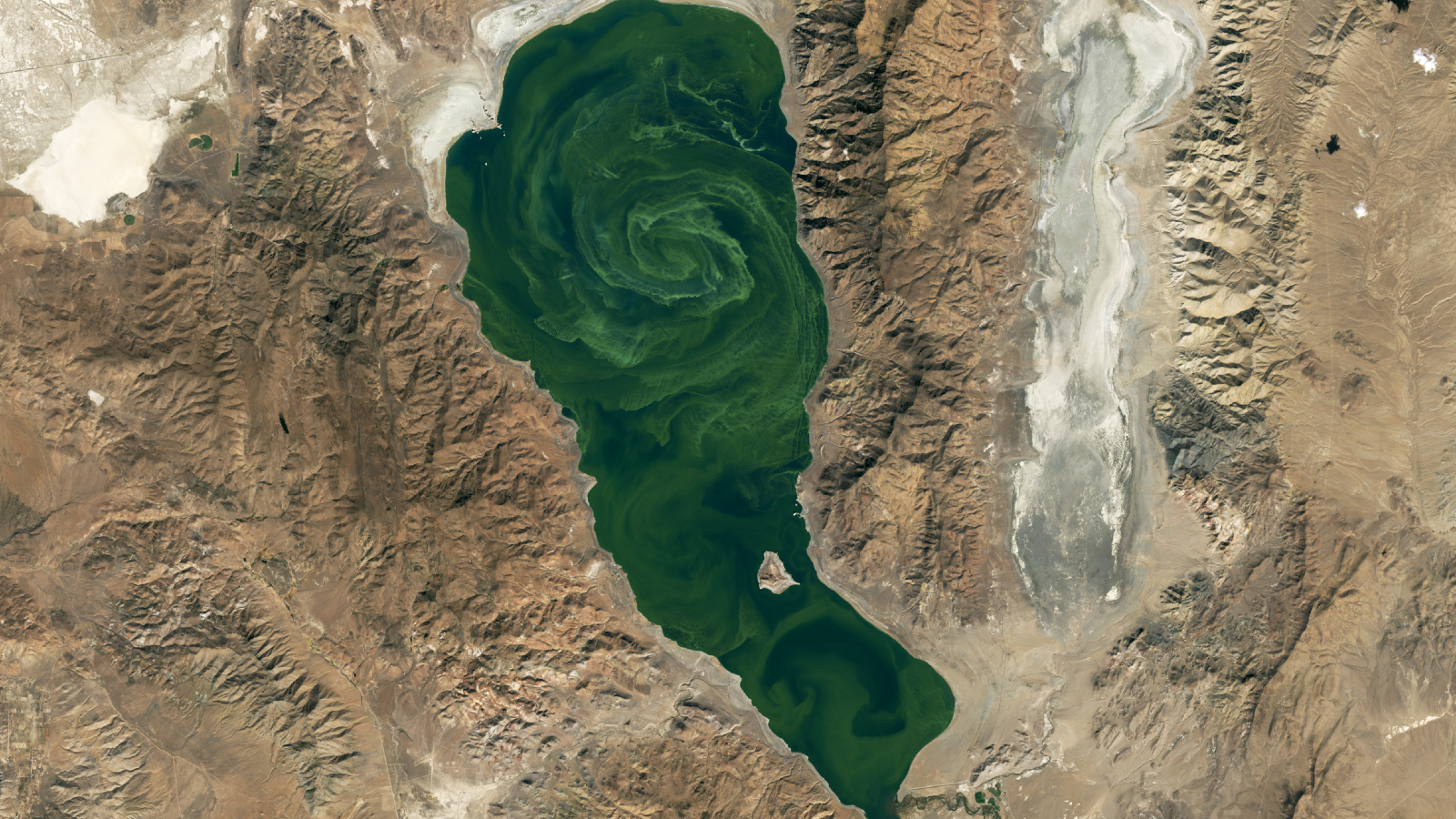The moon: Facts about our planet's lunar companion
Discover interesting facts about how the moon formed, what it's made out of, and the many missions humans have launched to explore it.
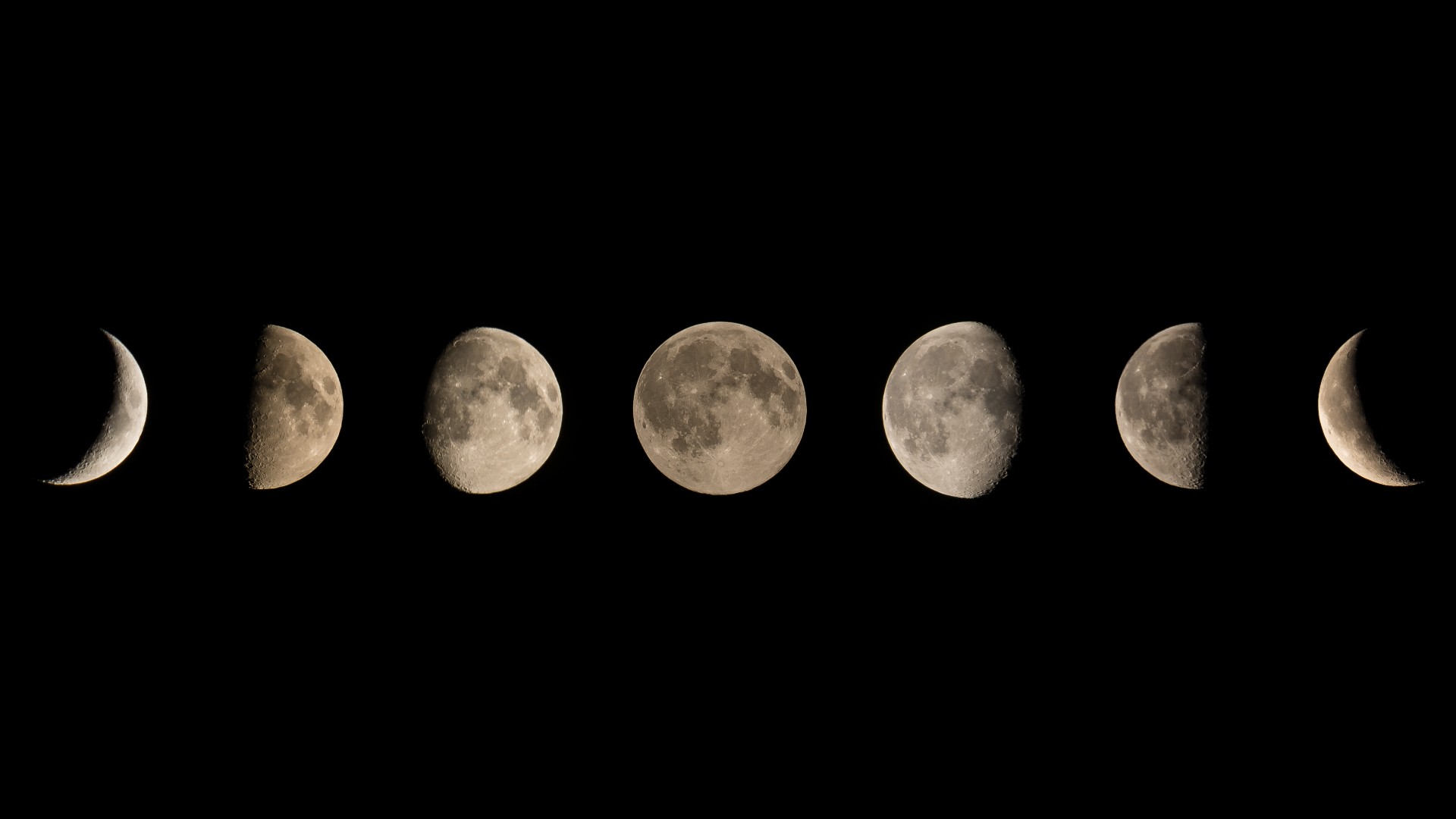
How far away it is: An average of 238,855 miles (384,400 kilometers) from our planet
How big it is: 2,159 miles (3,475 km) across, or about one-fourth our planet's size
How old it is: About 4.4 billion years old
The moon is our constant companion and the only natural object that always orbits Earth. It's about four times smaller than Earth and its gravity is much weaker, which is why astronauts bounce around on it like a trampoline. But even though our moon is relatively small, it still has a big effect on our planet. The moon is why our oceans have tides, and it may even help stabilize Earth's tilt and rotation, keeping the lengths of our days and seasons the same. Read on to learn more fascinating facts about the moon.
5 fast facts about the moon
- The moon's orbit isn't a perfect circle. Instead, it's more stretched out, kind of like an oval, which means its distance from Earth varies by about 30,000 miles (48,000 km).
- The surface of the moon is rusting. It's turning redder as Earth's atmosphere interacts with iron in the soil.
- NASA has spotted water on the moon.
- The same side of the moon always faces Earth.
- Scientists have grown plants in moon dirt from the Apollo missions.
Everything you need to know about the moon
How did the moon form?
The leading theory is that the moon formed about 4.4 billion years ago, not long after the solar system was born. Many enormous space rocks were flying near the early Earth at that time. Astronomers believe a massive object called Theia crashed into early Earth. The crash would have melted part of our world and destroyed our planet's atmosphere, but the collision created the material that eventually formed the moon.
Some astronomers have different versions of this theory, such as the possibility that a baby Earth was turned into a doughnut of molten rock called a synestia after Theia vaporized our planet. According to this idea, as the space doughnut cooled, material at its outer edges combined into small "moonlets" and, eventually, the moon itself. An even stranger theory suggests that Earth's gravity allowed the planet to steal the moon from Venus.
Whatever its origin story, the moon has been with us throughout human history, as evidenced by its many names. The Latin word for the moon is "luna," and the English word "lunar" is derived from it. In Greek, Selene is the name of a mythical moon goddess, which gives us the word "selenology," or the study of the moon's rocks.
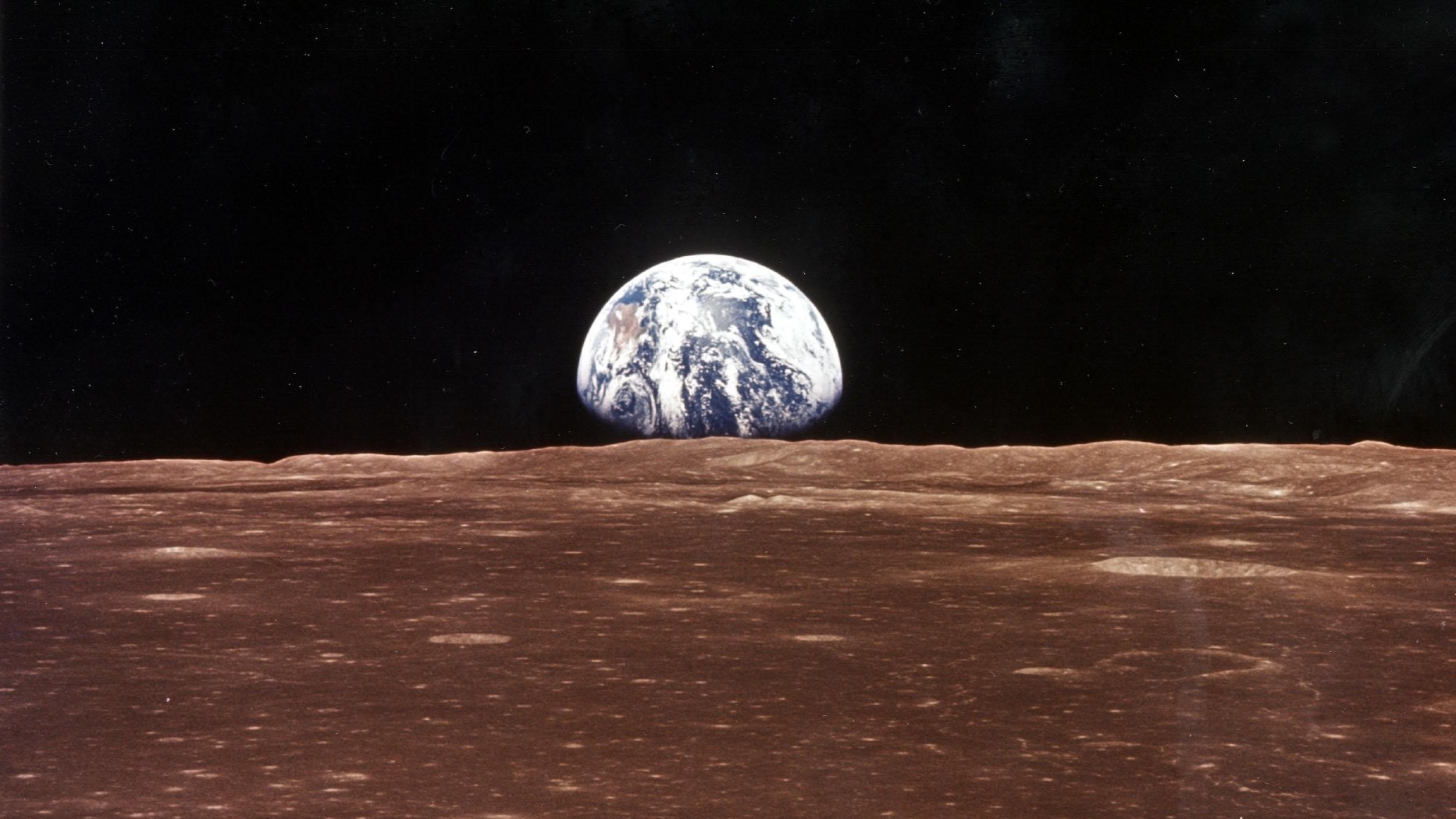
What is the moon made of?
The moon is made mostly of rocks that are rich in iron and magnesium. The moon's face is covered in craters, which were left by various space objects that slammed into the moon over billions of years. And because the moon doesn't have wind to wipe away these scars, or plates of crust that sink and carry different surface features into the planet's core, the scars stick around. On the far side of the moon is the South Pole-Aitken Basin — a giant hole 1,550 miles (2,500 km) wide and 8 miles (13 km) deep. Scientists are still scratching their heads over how it formed.
The moon also has large, dark features called "maria," or "seas" in Latin, since they were once believed to be bodies of water. Today, researchers know these areas were carved from the moon's crust billions of years ago, when lava flowed over the lunar surface.
Although we know that maria aren't actually bodies of water, trace amounts of water may exist in dark regions at the moon's poles.
Much like a comet, the moon also has a long tail. It's made of sodium atoms blasted out of the moon's soil by meteor strikes and then pushed hundreds of thousands of miles away by the sun's rays. Earth sometimes wears this tail like a scarf.
Does the moon have an atmosphere?
The moon has an atmosphere, but it's much different from Earth's atmosphere. An extremely thin layer of gas blankets the moon. In comparison, Earth's atmosphere at sea level has around a billion billion times more molecules in the same space.
The moon's atmosphere contains many types of atoms, including oxygen, nitrogen, carbon monoxide, carbon dioxide, helium and even tiny amounts of water. It also has weirder chemicals, such as argon, radon and polonium. Some of these chemicals came from the moon itself, which "breathed" them out as it cooled. Others were delivered by comets. Although there is oxygen on the moon, there's not enough for humans to breathe.
The moon is also full of dust. Moon dust is made from extremely sharp and tiny pieces of volcanic glass that have been smashed out of the lunar soil by tiny meteorites. The thin atmosphere means these fragments hardly ever get worn away, so dust on the moon is toxic and dangerous; it even clogged the equipment and zippers Apollo astronauts brought to the moon.
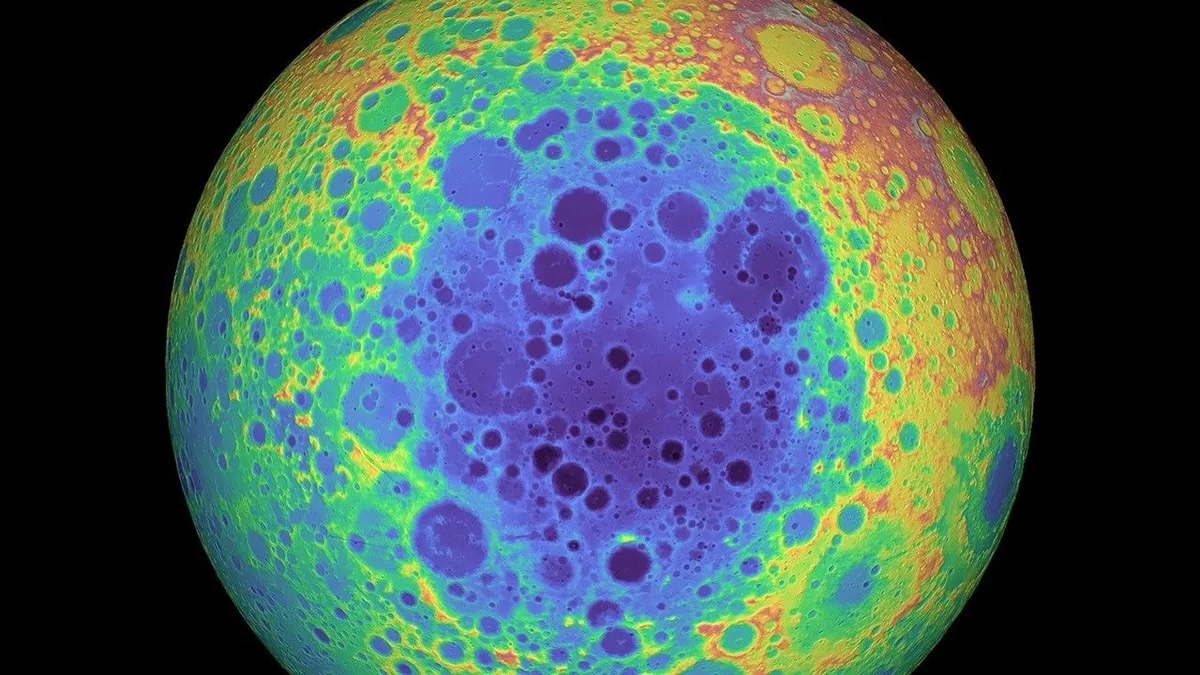
Have humans explored the moon?
Humans have worked to explore the moon since the beginning of the Space Age. It's the only place in the solar system, besides Earth, that humans have set foot upon. NASA's historic Apollo program first brought astronauts to the moon's surface on July 20, 1969, winning the space race for the United States.
Instruments placed on the moon during the Apollo missions are still being used by scientists today. Measurements from these missions have shown that the moon is moving away from Earth by about 1.5 inches (3.8 centimeters) per year and that quakes on the moon spread from cliff-like cracks on the surface. Apollo astronauts also brought back 842 pounds (382 kilograms) of moon rocks with them that are still being studied today.
China's Chang'e program and India's Chandrayaan program have both landed spacecraft on the moon. Soviet probes have also landed on the moon, and the Russian and Japanese space agencies have sent spacecraft to circle the moon. Israel tried to land on the moon's surface, but the lander crashed. NASA also wants to revisit the moon. As part of its Artemis program, the space agency wants to place American astronauts back on the moon's surface as a launching point to Mars.
Moon pictures
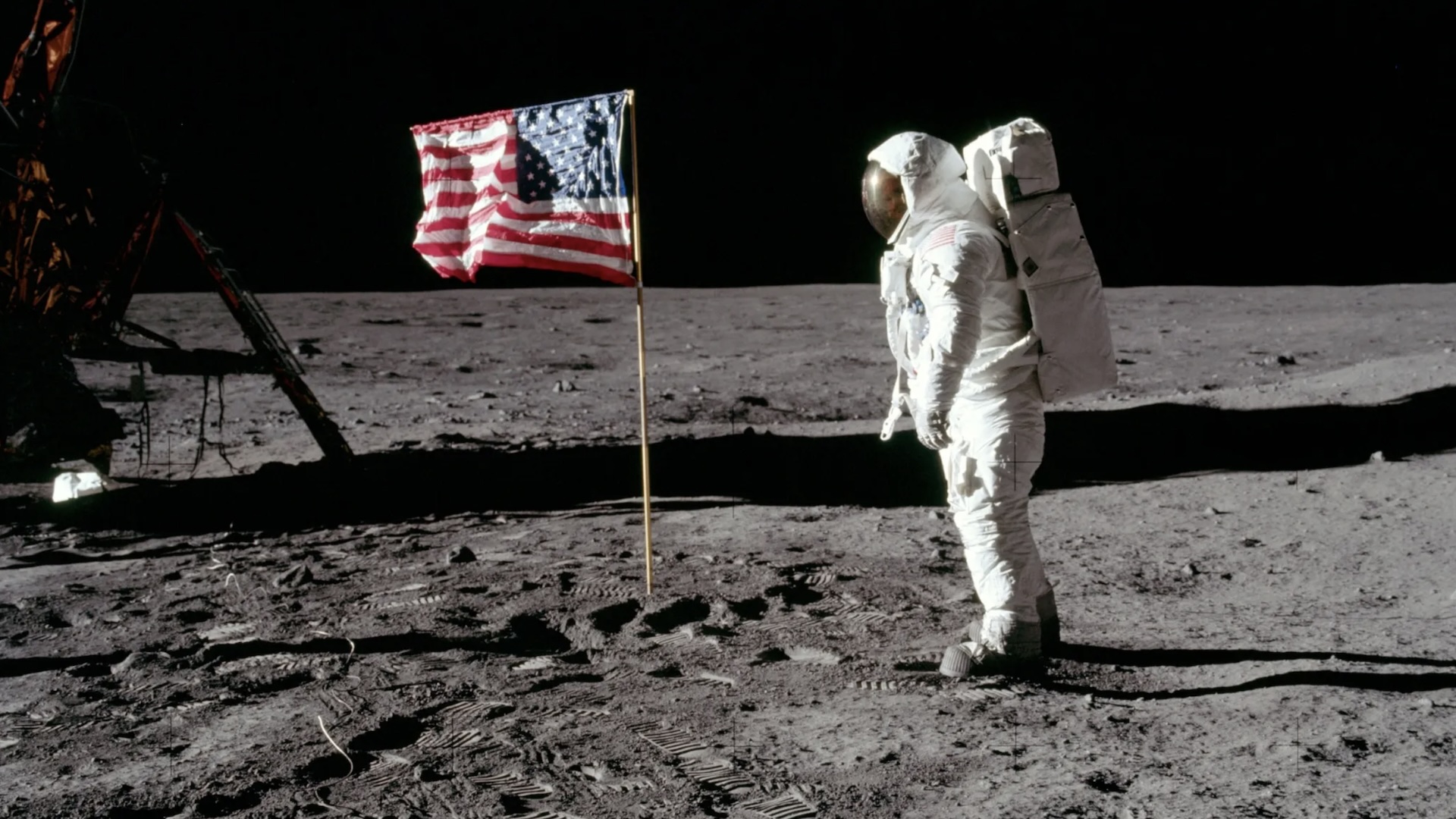
Moon landing
Humans landed on the moon for the first time on July 20, 1969.
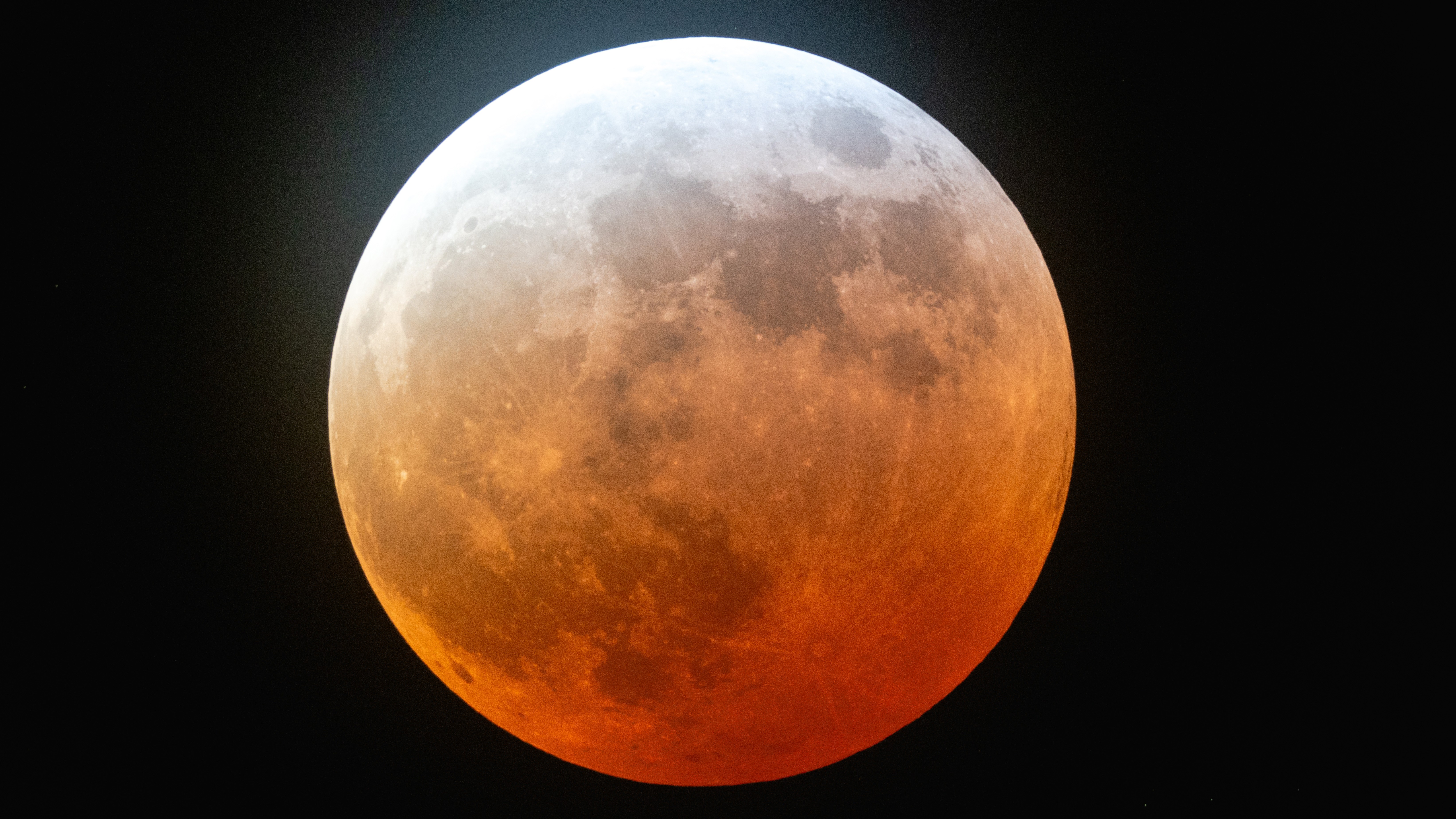
Total lunar eclipse
A total lunar eclipse happens when the full moon passes directly through Earth's shadow. This makes the moon appear red and is often called a "blood moon."
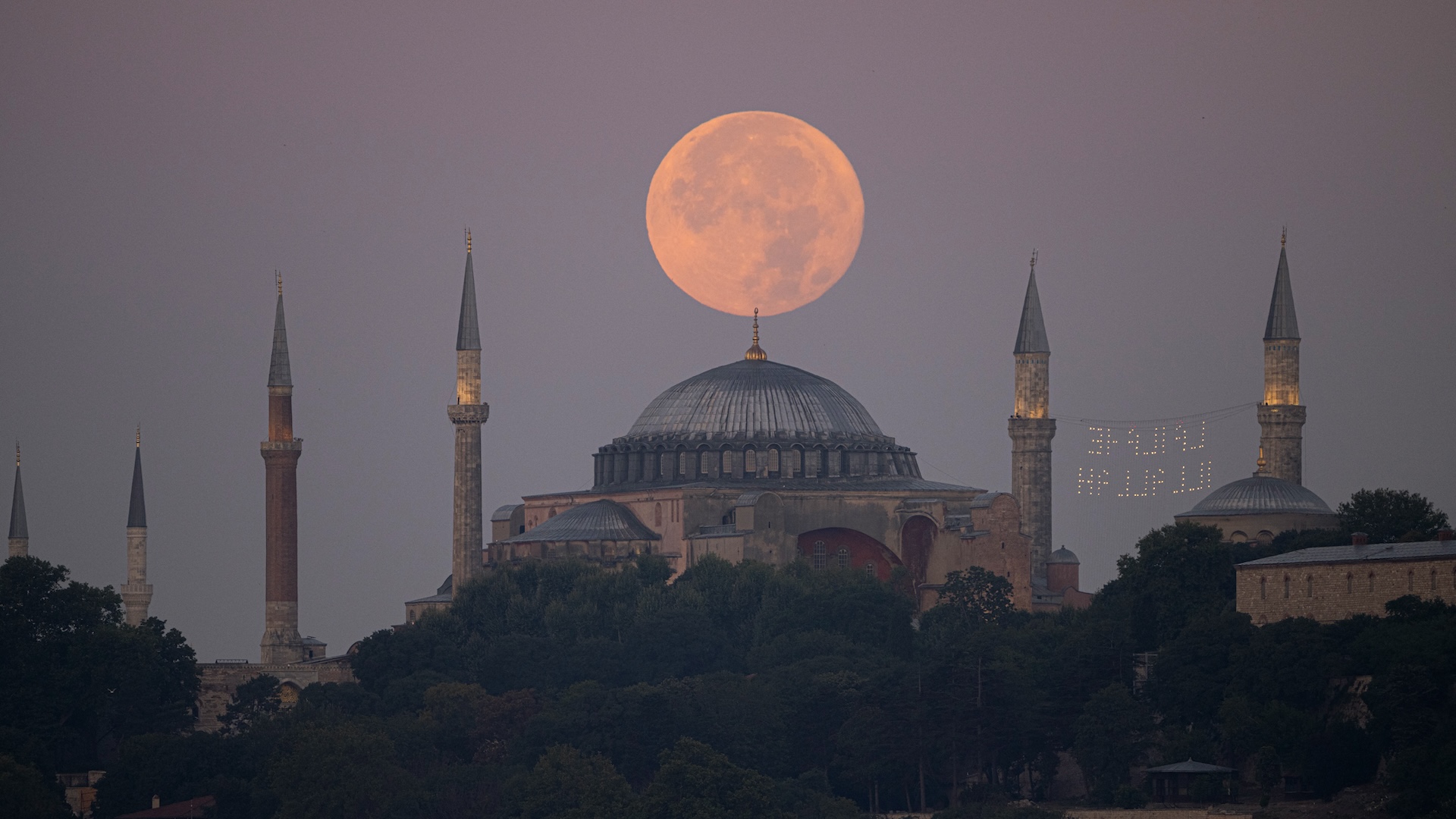
Supermoon
A supermoon occurs when there's a full moon during the moon's nearest point to Earth in its orbit. This makes the moon appear bigger and brighter than usual.
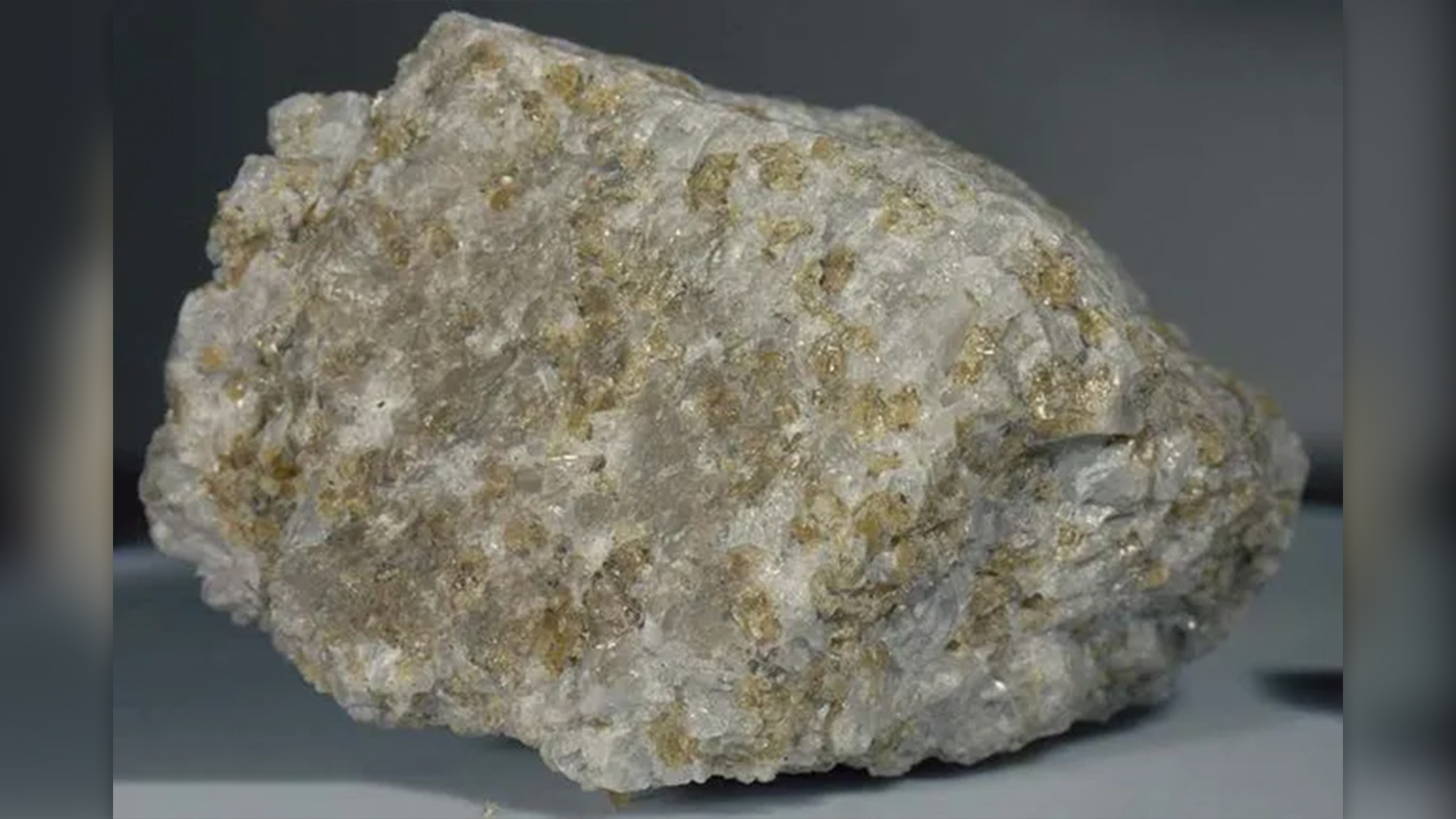
An image of the Apollo 17 moon rock troctolite 76535. This study was focused on sample 79221.
Discover more about the moon
- Will Earth ever lose its moon?
- Why can't we see the far side of the moon?
- Why can we sometimes see the moon in the daytime?
Get the world’s most fascinating discoveries delivered straight to your inbox.

Adam Mann is a freelance journalist with over a decade of experience, specializing in astronomy and physics stories. He has a bachelor's degree in astrophysics from UC Berkeley. His work has appeared in the New Yorker, New York Times, National Geographic, Wall Street Journal, Wired, Nature, Science, and many other places. He lives in Oakland, California, where he enjoys riding his bike.
- Marilyn PerkinsContent Manager
You must confirm your public display name before commenting
Please logout and then login again, you will then be prompted to enter your display name.
